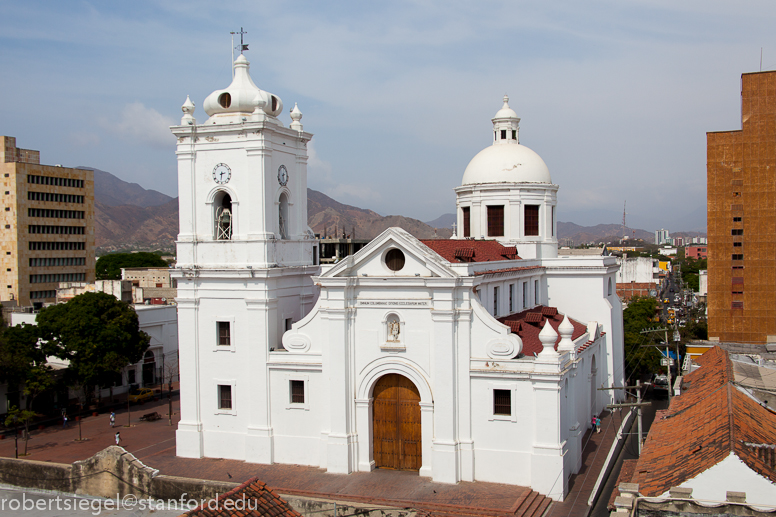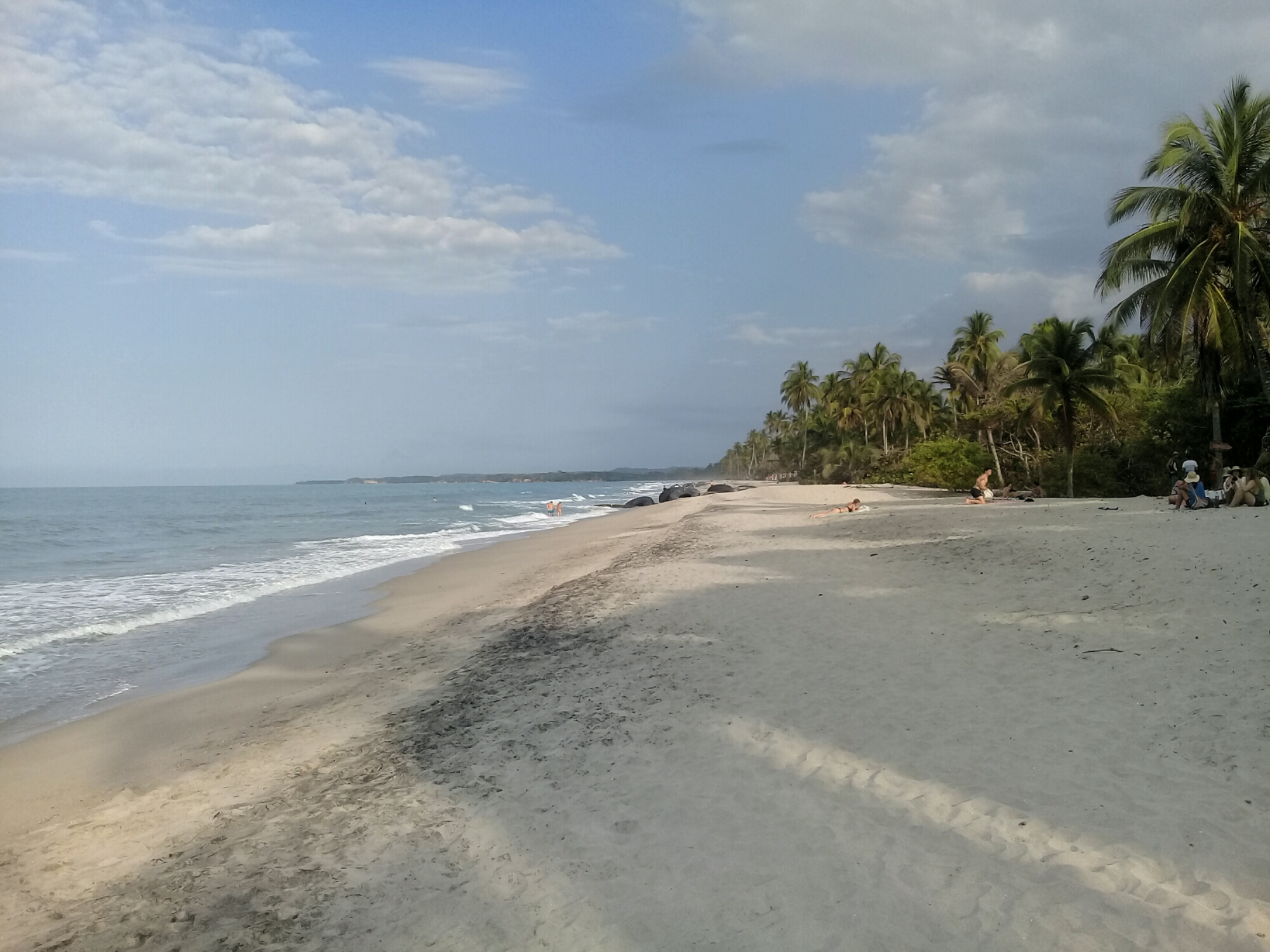Back when my brother and I were young enough to still get invited on family holidays, there used to be a recurring moment of déjà vu whenever we found ourselves in a beach resort.
We would be sitting by the pool or lying on a deck chair, just minding our own business, and our parents would wander over with a menacing glint in their eyes and ask us, with a straight look on their face, if we wanted to explore the nearby towns and local culture.
My brother and I would glance at each other with the same bemused look before answering something along the lines of: “Nah, you’re alright”, and would promptly return to smugly sipping away at our non-alcoholic cocktails as if they were doused with rum.
And I still believe that when you go on holiday somewhere, you should stick to the activity that you went there to do.
Sure, if you’re in Rome go and explore the local church, and if you ever find yourself in China, you might as well go and check out the Great Wall.
But if you’ve ventured to a place like Santorini or Barbados, I don’t understand why you would stray from the poolside or the beach when you’ve clearly gone there with the intention of not moving but for the exception of breakfast, lunch, and dinner.
And I only wish that I’d stuck to this unwritten travel law as soon as I got to Santa Marta.
Pinned on the Caribbean coast in the north of Colombia, Santa Marta is renowned for its hot weather, sandy beaches, and crystal clear ocean.
What it is not renowned for, however, is its history and culture.
But being the avid explorer that I am (with a blog word count to fill) I couldn’t help but be hypnotised by the ‘Centro Historico’ poster that hung hidden behind a surf board in my hostel.
“Oh a historical centre”, I mused, as I inquisitively probed the receptionist as to how one might stumble across such a magical place.
And after the kind lady had pointed me in the direction of a bus stop, I made my way towards Centro Historico with my camera to hand and the receptionist’s instruction to “have fun” echoing through my head.
Have fun, however, I did not.
As the bus pulled into the final stop on its route, it occurred to me that Santa Marta’s historical centre either didn’t exist, was easily missable, or just wasn’t as impressive as the hostel poster made out.
And as I entered my second hour on a sweaty public bus, wedged into a window seat by an oversized local, I realised that all three of the above were true.
As we made our way down one of the city’s busiest roads for the second time, lined with street sellers and cheap buys, standing there before me, behind an array of fake handbags and scarves, was a cathedral – a cathedral that was, in fact, Santa Marta’s Centro Historico.
But instead of leaping off the bus like an excited puppy that has finally realised that its owner hasn’t been throwing the stick the whole time, I decided to save myself an additional 2,000 pesos (about 50p) and pretend that I hadn’t seen the thing.
And it was at this point that I had the harrowing realisation that I had abandoned my principles.
I had come to Santa Marta to lie on the beach and swim in the sea, not take pictures of a church that I could easily find on Google Images (see below).
And once I’d got myself back on the straight and narrow, my initial perception of Santa Marta was fully justified.
The city itself isn’t touristy in the slightest and is almost completely dominated by locals, and while the centre is a bit of a dive, Santa Marta has a decent enough waterfront with well priced restaurants that should be enough to keep you entertained.
To fully utilise your time in Santa Marta, however, is to find a hostel with hammocks and a pool, and use it as a base for exploring the nearby beach towns that the north coast of Colombia has to offer.
Indeed, Taganga is just up the road, and while it doesn’t have the best beaches in this part of the world, it’s a cheap place to get your diving badges, and is also renowned for spearfishing which gives tourists an excuse to throw on some war paint and get an Instagram photo that will guarantee fifty likes as long as you accentuate your travel tash and farmers tan.
But again if, like me, physical exertion in a tropical climate isn’t quite your bag, then Palomino is the place to channel your inner mollusc and slug for a few days.
The town is seemingly in the middle of no where, but equally pinned in the most beautiful setting just east of Tayrona National Park.
Tubing down the Palomino river is a must, given that it requires absolutely no effort and provides amazing views of the surrounding forest before dumping you at the point where the jungle river meets with the sea.
And the beaches are some of the best you’re likely to come across in South America. After hearing that Santa Marta was on the Caribbean coast, it was only after setting foot on Palomino’s golden sand that I finally felt like I was on a tropical island.
The beaches are lined with palm trees, drenched by waves, and patrolled by local vendors who are more intent on making sure visitors are having a nice day rather than exhausting their energy harassing tourists to buy an ice cold agua.
So if you ever find yourself in Santa Marta, or in any beach destination for that matter, do not as I did, and don’t go looking for the Centro Historico which you simply haven’t signed up to see.
Instead, do my twelve-year-old self a solid, turn your nose up at any slight hint of culture, and milk the coast for all it’s worth, because it’s only a matter of time before your local beach is going to be Brighton again.
Next stop, the walled city of Cartagena. Until then.


